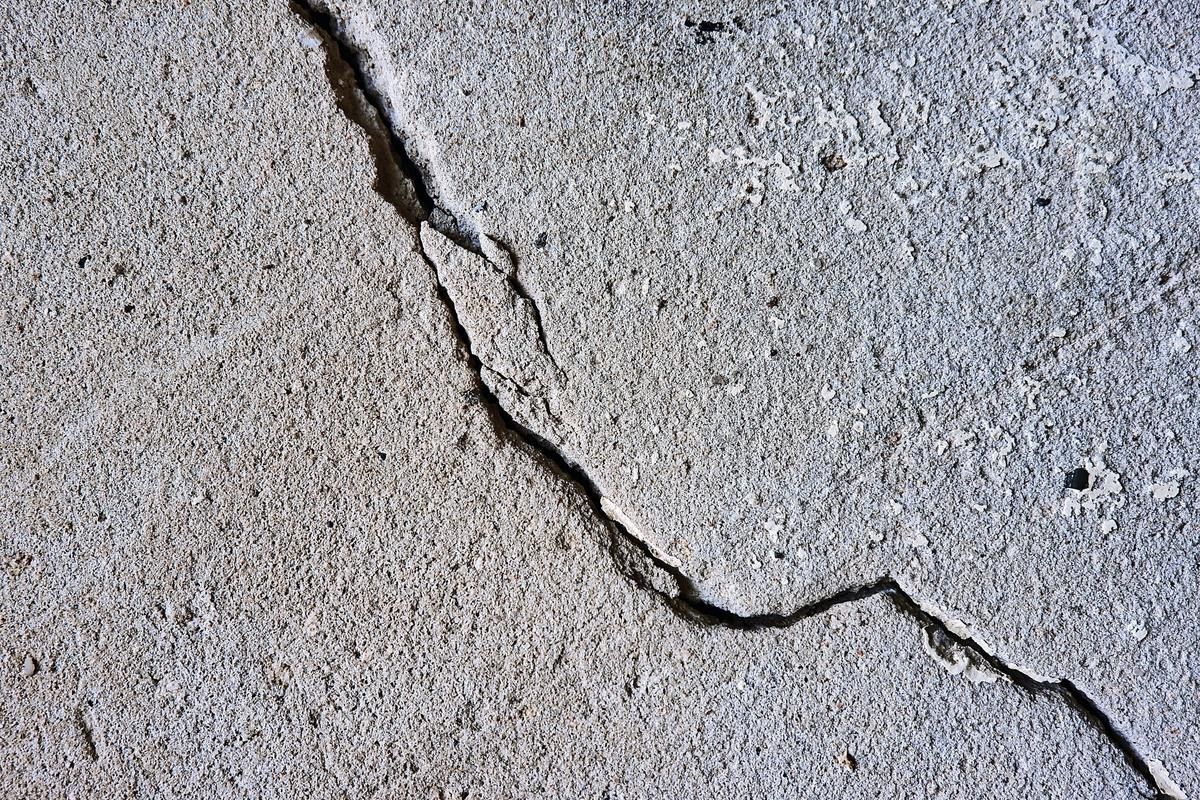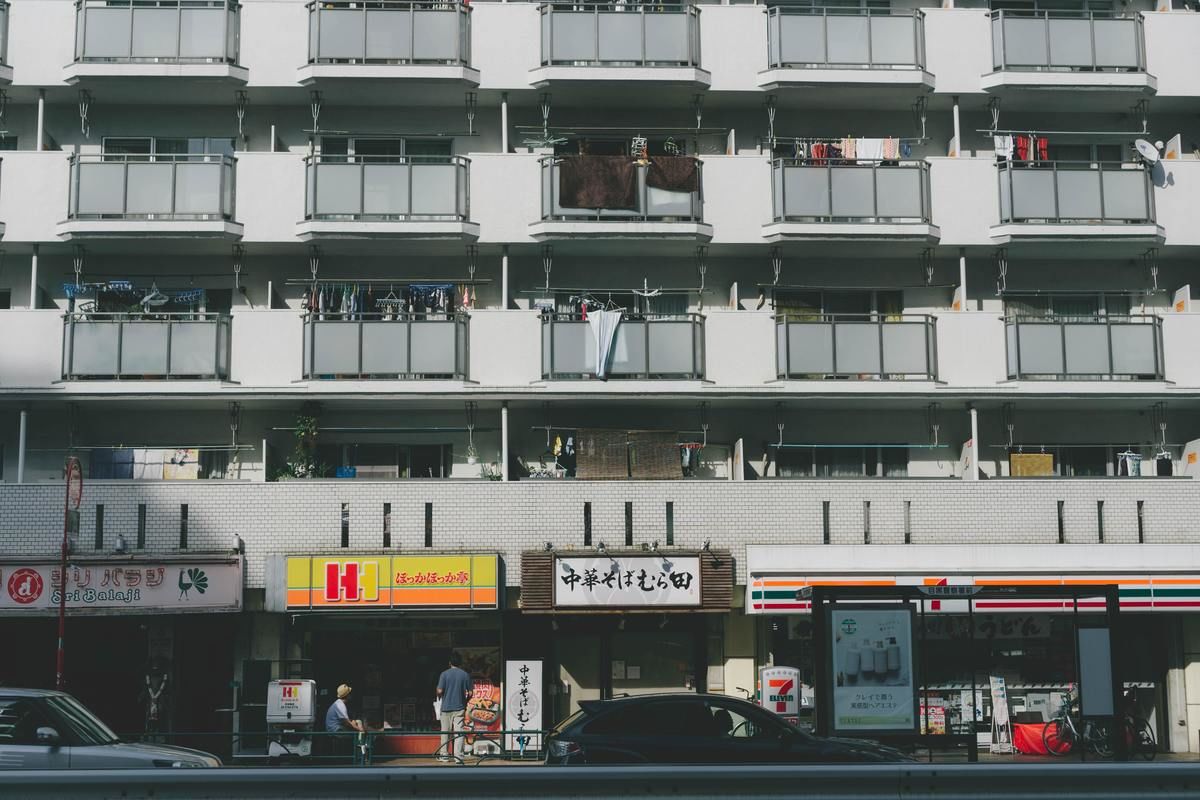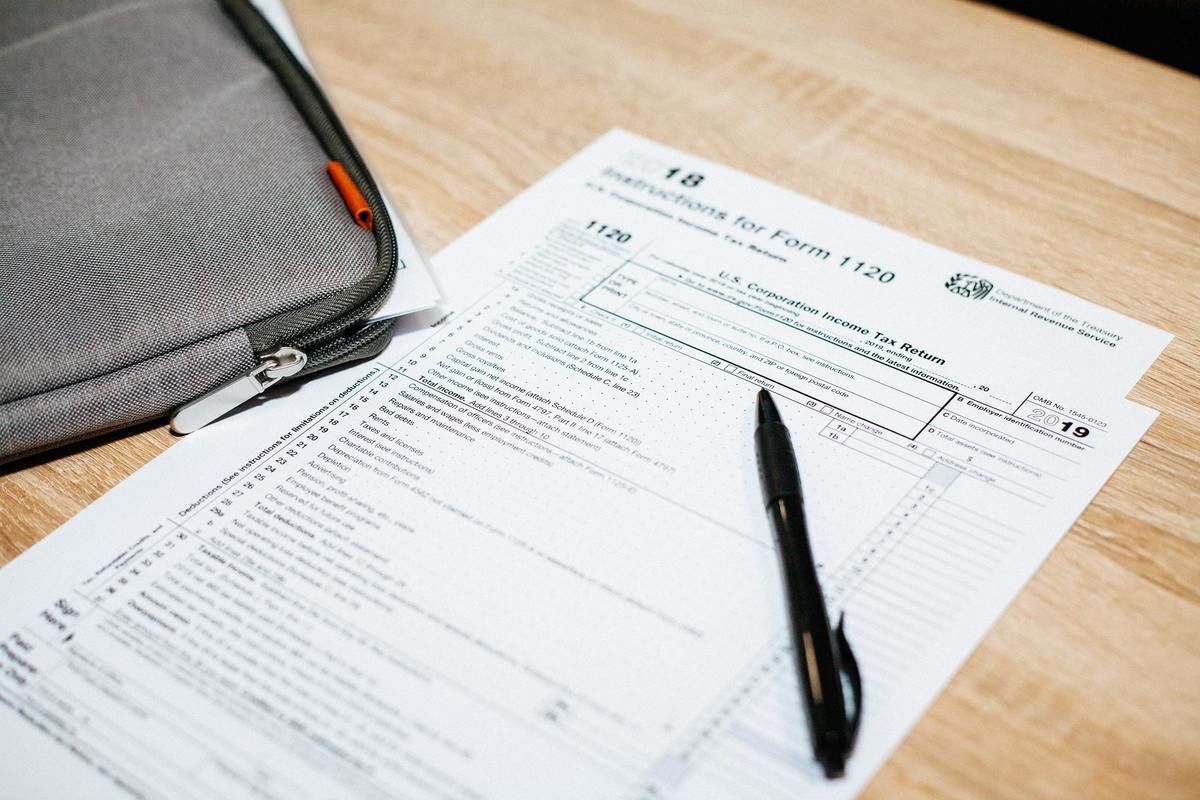When looking at real estate to purchase in Japan, older properties can be appealing due to their relatively low cost and generally high quality when compared to similarly-aged properties in other countries. Still, when buying an older property there are a few things a potential buyer should know in order to make an informed decision, so read on if you’re considering purchasing an older used property in Japan.
Earthquake Preparedness

One of the most common concerns of foreign buyers of Japanese property is how well the building will stand up to the force of earthquakes. These concerns are far from unfounded, as Japan’s proximity to multiple fault lines does indeed make it highly prone to earthquakes. Rather than being a source of concern, however, the ubiquity of earthquakes has resulted in strict regulation of buildings that require all buildings to be resilient enough to survive most earthquakes, meaning most Japanese buildings are unlikely to sustain serious damage in an earthquake.
Still, with older properties there are concerns of which guidelines, exactly, were applied when they were built. Due to changes in the buildings codes, there are three general “periods” of building regulations, each with increasingly strict standards: pre-1971, 1971-1981, and 1981 onwards. Therefore, it’s safe to say that any building built after 1981 has been built with the highest standard of earthquake resistance, but that isn’t to say that older buildings are necessarily less safe--many older buildings are retrofitted to meet modern earthquake safety standards, so a recently renovated building is likely also a safe bet.
Japanese Building Lifespans

Unlike other countries with longer histories of group living and multi-unit housing, Japan’s history of apartment buildings is relatively recent, as they only really came into vogue during the country’s postwar recovery period of rapid economic growth, when family dynamics, living situations, and work styles all saw dramatic changes. As such, you won’t find many buildings more than 50 or so years old. Given that reinforced concrete buildings are estimated to last anywhere from 68 to 150 years, it’s unlikely that any building for sale you come across will be on the verge of collapse.
You may, however, find the occasional rebuilt property, which begs the question, how long can rebuilding extend a property’s lifespan? According to the Ministry of Land, Infrastructure and Transport, rebuilt properties in Tokyo and Osaka are estimated to have an additional lifespan of approximately 40 years.
Tax Depreciation vs. Value Depreciation

One factoid foreign buyers often come across is that buildings in Japan have a fixed lifespan of around 40 years. This number can be misleading, as it refers specifically to the tax depreciation of the building, which is set at 47 years by Japanese law. The real value of the building is not determined solely by that value, as of course the land it occupies has inherent market value as does the building itself. As long as an older property is freehold, as over 90% of properties in Japan are, the land value will always remain.
There are of course many more things to consider when buying property, new or old, in Japan. It’s best to consult with a reliable and experienced real estate agent when considering property investment. If you’re considering looking into buying Japanese property, don’t hesitate to get in touch with us to learn more about the Japanese market and the purchase process.

Editorial Department
Bringing you the latest real estate & lifestyle news in Japan







